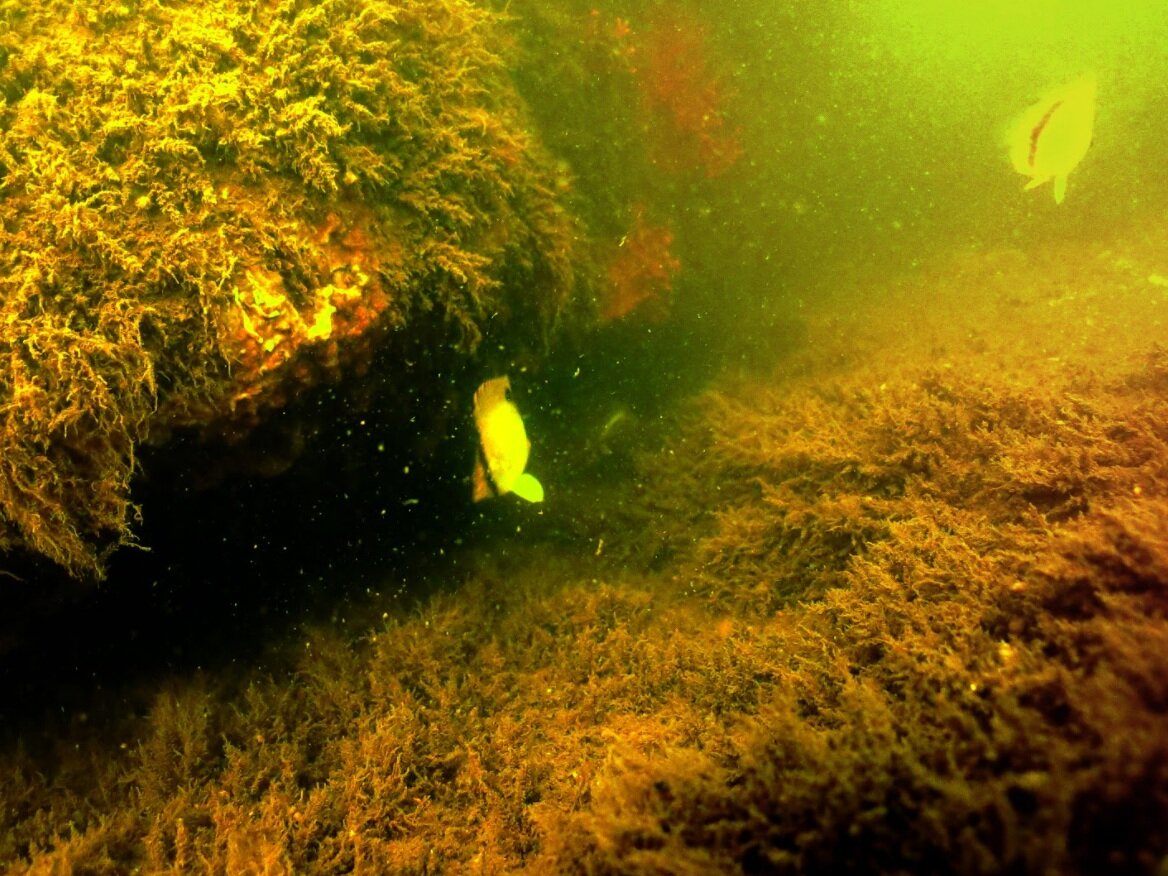This curriculum resource is part of a series of lessons relating to the Living Breakwaters Project and funded by the U.S. Department of Housing and Urban Development and implemented by the Governor’s Office of Storm Recovery.
Lesson Plans
KEY Resources for teachers
Introduction
Think of the words ‘wilderness’, ‘ecosystem, or ‘habitat’, and it’s likely you and your students will picture a terrestrial environment—maybe a forest, desert, meadow, or polar tundra. Most of us will also picture a faraway place. We may even know that New York City is built on land that was previously forest, grassland, wetlands, or water, but it is hard to imagine restoring, say, the block where your school building is located to one of these landscapes. NYC relies on our terrestrial concrete and asphalt, and we sometimes forget that life abounds, even here.
Many of us do not yet fully appreciate that New York Harbor’s shorelines and shallows are currently habitat for a fascinating array of wildlife. And Billion Oyster Project is part of a larger movement to restore our harbor ecosystems to more diverse, and resilient states, inspired by the abundance we can identify in the histories of our waters. (For one local example, you can check out the lesson What happened to the oyster industry in Raritan Bay?)
We have no need to travel to the tropics or the poles, or back in time, or even to the eastern part of Long Island or the southern part of the Jersey Shore for a first-hand experience of complex marine and estuarine ecosystems. It’s right here, right now.
But if students are to appreciate this—and in fact many hold the misconception that NY Harbor is too polluted to support any life at all—they need to see NYC’s shorelines and shallows as habitat. In the process, most probably need to expand their concepts of what habitat looks like and can be: it’s not just in National Parks.
In an estuary like NY Harbor, some of the most important habitat-defining parameters include the shape of the local waterbody and adjacent landforms, how the water moves in and through that place, and properties of the water itself, such as salinity, temperature, dissolved oxygen, depth, distance from shore, substrate type, and turbidity of the water—most of which are in constant flux. Today’s dense human population in NYC is part of NY Harbor’s ecosystems, and we have altered every one of the above parameters so much that some species and ecosystems are now extirpated from New York Harbor.
These habitat parameters change at multiple time scales: from the decades it takes to identify reliable directional changes in climate, or in patterns of erosion and deposition, to the seasonal changes in water temperature and nutrient availability, to the change in tidal range over the course of a lunar month, to the difference between night and day, to the dramatic reversals occurring all day every day as the tide cycles between high and low, and between ebb, slack, flood, and slack again.
Furthermore, all organisms transform their physical environments (though not as much as we do). Keystone species—such as oysters and eelgrass—transform their environments so much that other species come to depend on them. We often say that oysters and eelgrass create habitat. Not every species has such a profound impact on its physical environment, but every species makes a difference.
In these lessons, students explore Raritan Bay habitats by taking the point of view of critters that can live there—at the specific life stages when they could be found in Raritan Bay. For the purposes of this lesson series, we call this assemblage of taxa Inhabitants of Raritan Bay, and direct you to the Inhabitants of Raritan Bay Cards. That is to distinguish this set of cards from, for example, the LB Life Cycle Cards, which represent the complete life cycles of some of these critters, including parts of the life cycle that occur outside of Raritan Bay.
We hope your students will be intrigued by the critters, develop curiosity about the places those critters call home, and raise many follow-up questions all along the way. And once your students are good and curious, we hope they will pursue independent research, and ultimately present it at BOP’s Annual Research Symposium every June!
Ready for the next chapter?
Check out out Chapter 4 of our Living Breakwaters Curriculum.






